Big screen disasters often hinge on the unthinkable, where a single event wipes out entire cities or reshapes the world overnight. These movies lean on large scale catastrophe to raise the stakes, showing how fragile modern life can be when nature, aliens, monsters, or human hubris tip the balance.
This roundup focuses on films where the death toll is central to the plot, either shown directly or made clear through the story’s scope. From planetary strikes to apocalyptic invasions, each entry highlights what happens, where it happens, and how the film portrays the scale so you can quickly grasp why the casualty count is so high.
‘2012’ (2009)
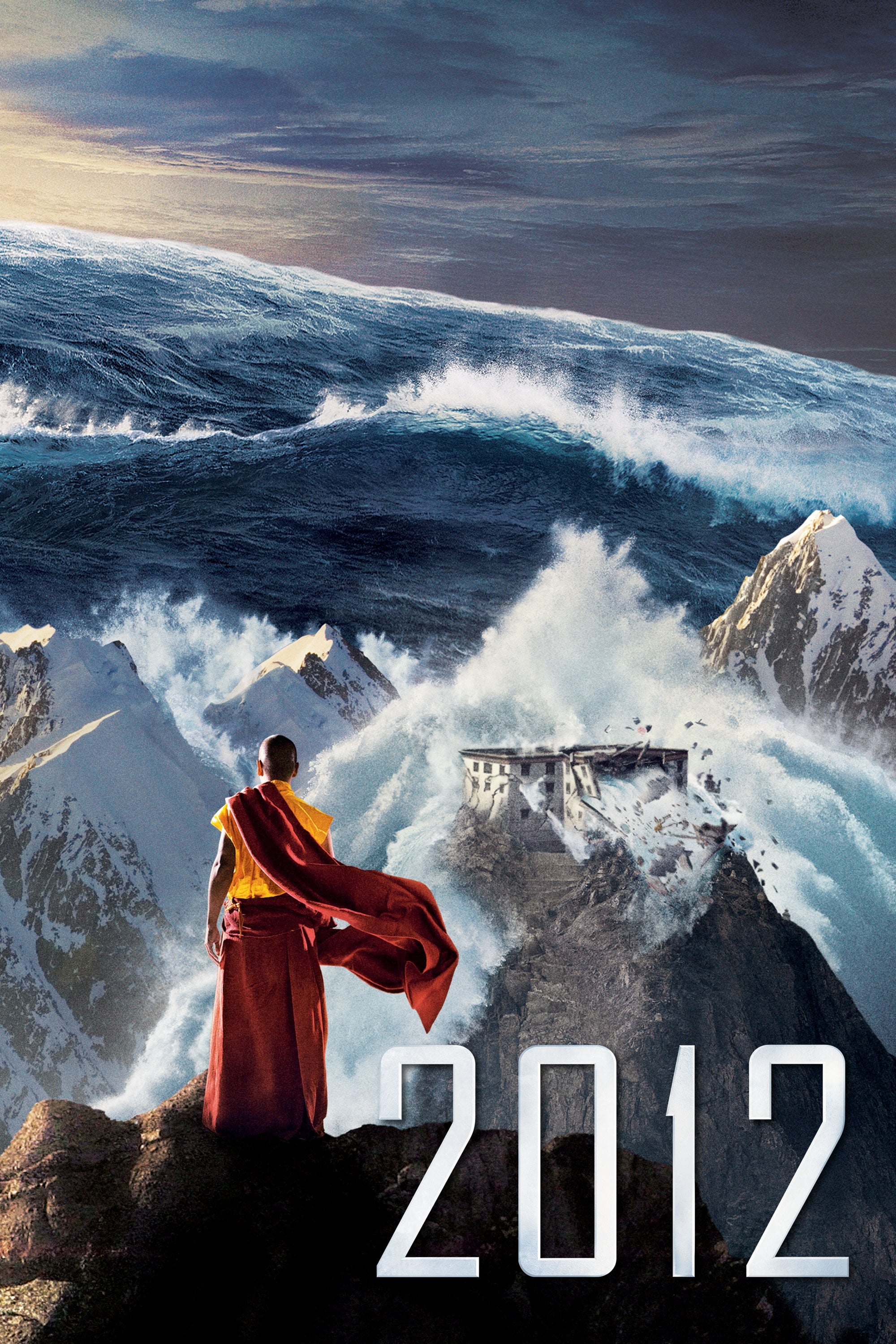 Columbia Pictures
Columbia PicturesThis global catastrophe movie follows a chain of megadisasters that level entire regions, including massive earthquakes, volcanic eruptions, and tsunamis that sweep across continents. Iconic locations crumble on screen as highways split, skyscrapers collapse, and coastal cities vanish under walls of water. The narrative makes it clear that the population loss spans multiple countries and oceans.
The film’s set pieces show evacuation attempts by air and sea while governments struggle to launch survival vessels. Scenes with packed traffic routes, overrun airports, and overwhelmed shelters underline how evacuation windows close too fast for most people to escape.
‘The Day After Tomorrow’ (2004)
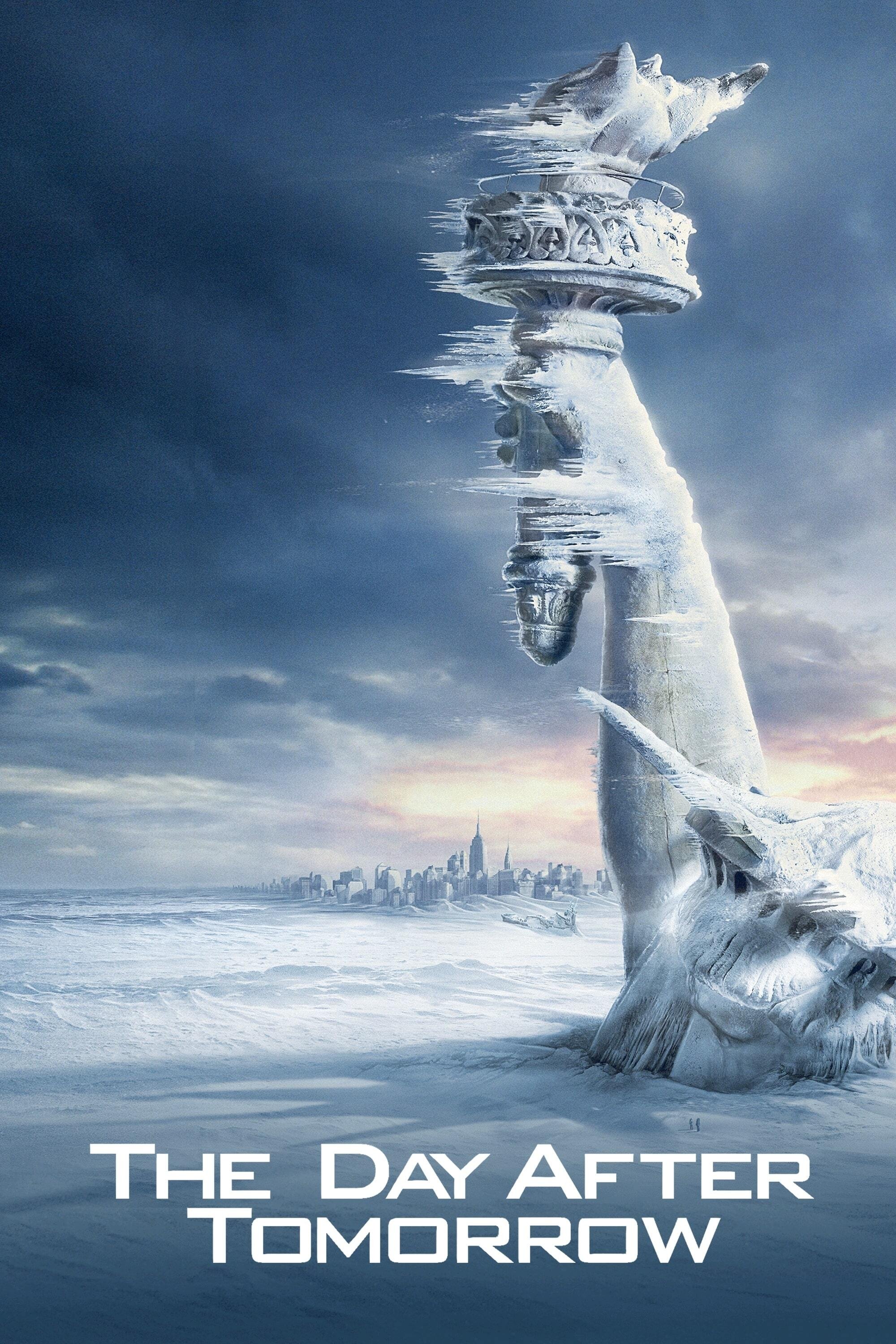 20th Century Fox
20th Century FoxRapid climate upheaval drives superstorms that freeze cities solid and push tidal surges far inland. Major urban centers are hit by sudden temperature drops and towering storm systems that grind daily life to a halt. Vast areas become uninhabitable in a matter of hours, making the human cost enormous.
Rescue efforts focus on survivors who made it into secure buildings or higher floors as streets fill with rising water and ice. The scale of the crisis is conveyed through empty skylines, silent neighborhoods, and abandoned vehicles stranded in snow packed streets.
‘Independence Day’ (1996)
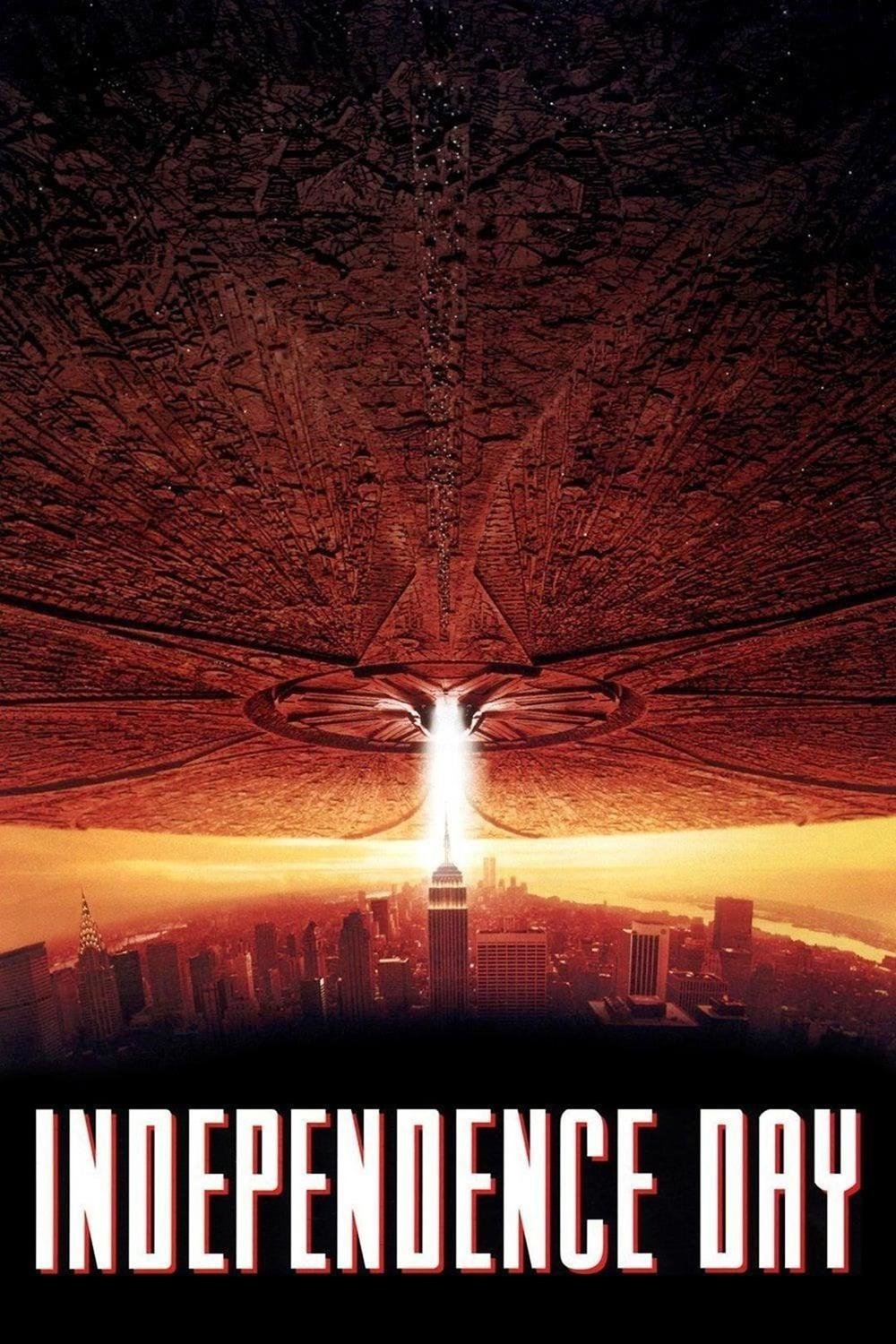 20th Century Fox
20th Century FoxCoordinated alien attacks vaporize landmarks and downtown cores around the world. Destructive energy beams erase entire city blocks in seconds, with the immediate impact shown through collapsing high rises, shattered bridges, and firestorms that sweep outward from ground zero.
The aftermath depicts miles of debris fields and gridlocked evacuation routes that end in chaos. Military responses are overwhelmed at first, and the film’s broadcasts and aerial shots leave no doubt that the casualty numbers run into the millions.
‘Avengers: Infinity War’ (2018)
 Marvel Studios
Marvel StudiosA single act eliminates half of all living beings, and the film shows this event touching every location and community. People disappear mid stride, pilots vanish from cockpits, and hospitals lose staff and patients in an instant. The scope covers cities, remote areas, and off world locations.
The loss is presented through empty seats, unmanned vehicles, and abandoned workplaces as the world tries to process what happened. The sudden reduction of population also triggers secondary disasters, compounding the toll beyond the initial moment.
‘Star Wars: The Force Awakens’ (2015)
 Lucasfilm Ltd.
Lucasfilm Ltd.A superweapon fires on multiple planets and wipes out entire populations at once. The strike is depicted from space and from the ground as skies light up and cities are erased. The visual language makes clear that entire worlds go dark in a single volley.
The film shows immediate panic among observers who witness distant horizons flare and vanish. Communications collapse and there is no time for evacuations, which means casualty figures reflect near total loss on the targeted worlds.
‘Star Wars: A New Hope’ (1977)
 Lucasfilm Ltd.
Lucasfilm Ltd.A superlaser destroys a home planet in one shot, turning a thriving world into debris. The act is instantaneous and complete, leaving no survivors on the surface. The sequence establishes the weapon’s purpose as mass extermination rather than targeted strikes.
Political and strategic implications ripple through the story as the threat of further annihilation looms over other worlds. The population loss from one blast reframes every subsequent confrontation as a race to prevent another planetary scale tragedy.
‘Deep Impact’ (1998)
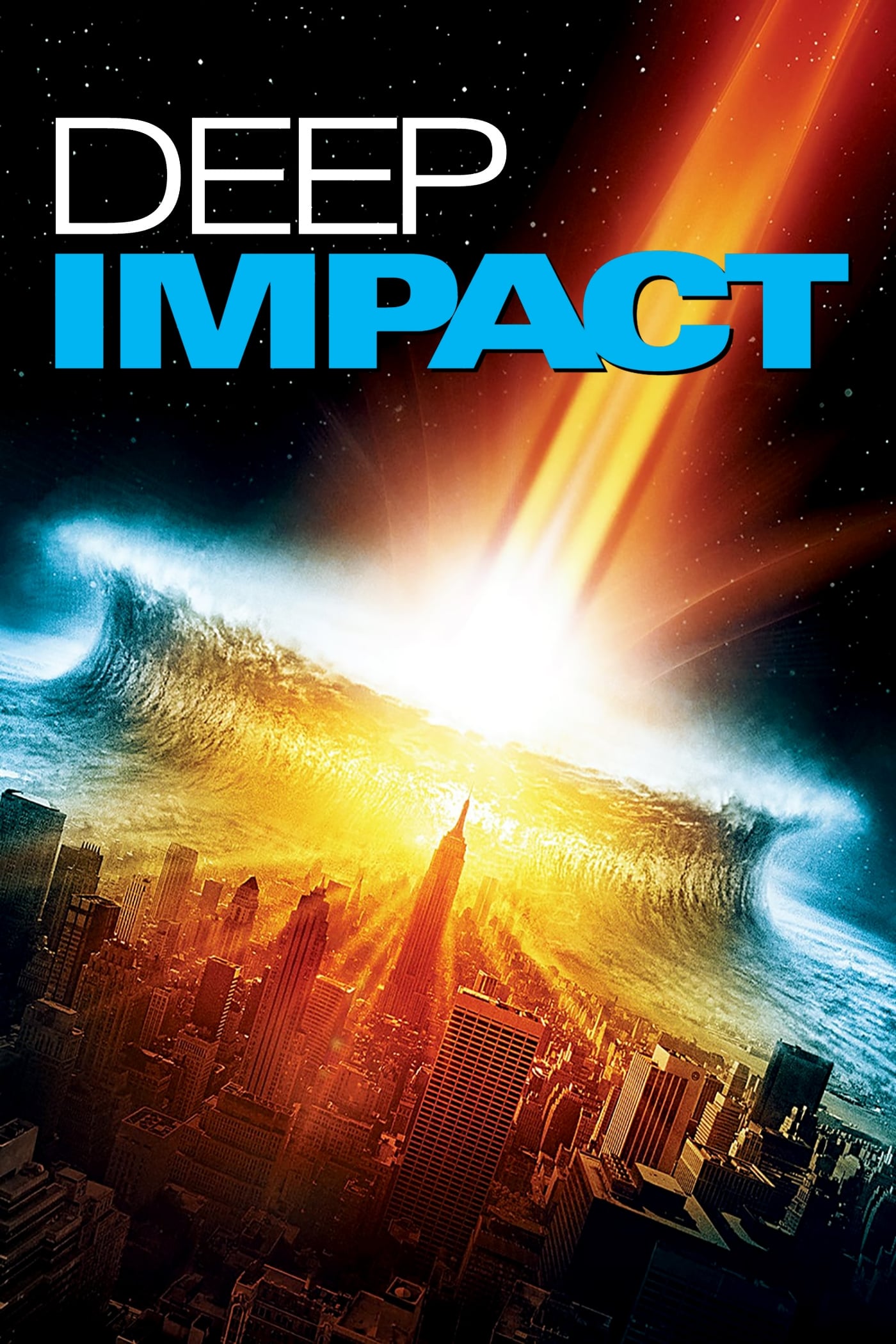 Paramount Pictures
Paramount PicturesAn incoming comet breaks apart and sends a major fragment into the ocean, creating a megatsunami that slams into coastal regions across hemispheres. The wave engulfs cities, power plants, and transportation hubs, multiplying the casualties far beyond the initial impact zone.
The film also details long term survival measures such as underground shelters and selection lotteries. While some protected groups endure, surface level infrastructures fail, making the broader death toll overwhelming.
‘Don’t Look Up’ (2021)
 Hyperobject Industries
Hyperobject IndustriesA planet killing object reaches Earth despite global warnings, resulting in a surface wide extinction event. The film shows the moment of impact and the chain reaction of shockwaves, earthquakes, and firestorms that follow.
International coordination proves too fragmented to prevent the strike, and late stage evacuation plans are insufficient. Scenes of crowded streets and stalled responses show how delays turn a solvable crisis into a total loss scenario.
‘World War Z’ (2013)
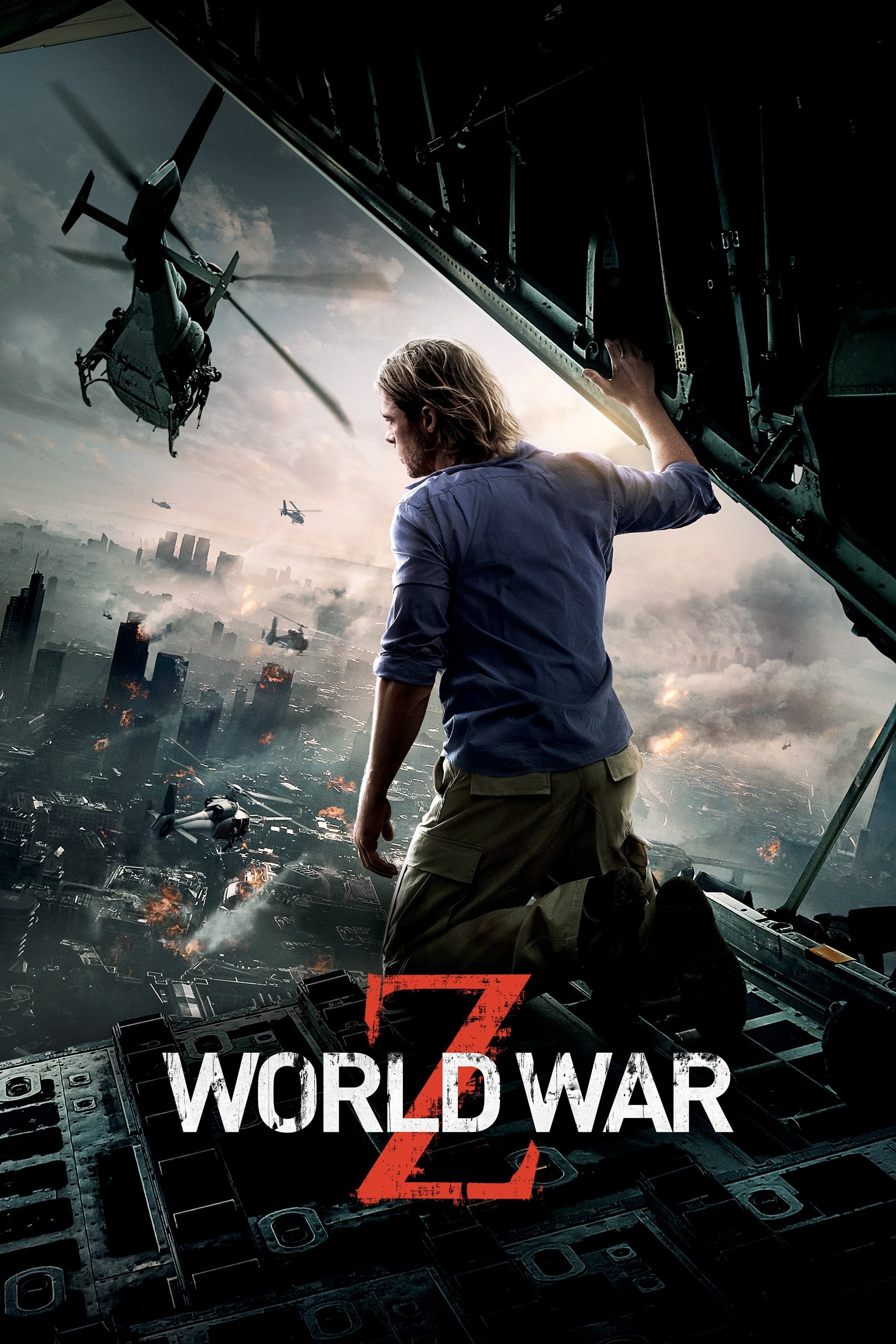 Paramount Pictures
Paramount PicturesA fast moving infection spreads through cities within hours, toppling public order as bite chains explode. Major population centers fall rapidly as air travel and mass gatherings accelerate transmission, leading to massive die offs before containment lines can hold.
The film presents large scale overrun sequences at border walls, airports, and urban corridors. The speed of the outbreak overwhelms health systems and militaries, ensuring the casualty count rises faster than authorities can adapt.
‘I Am Legend’ (2007)
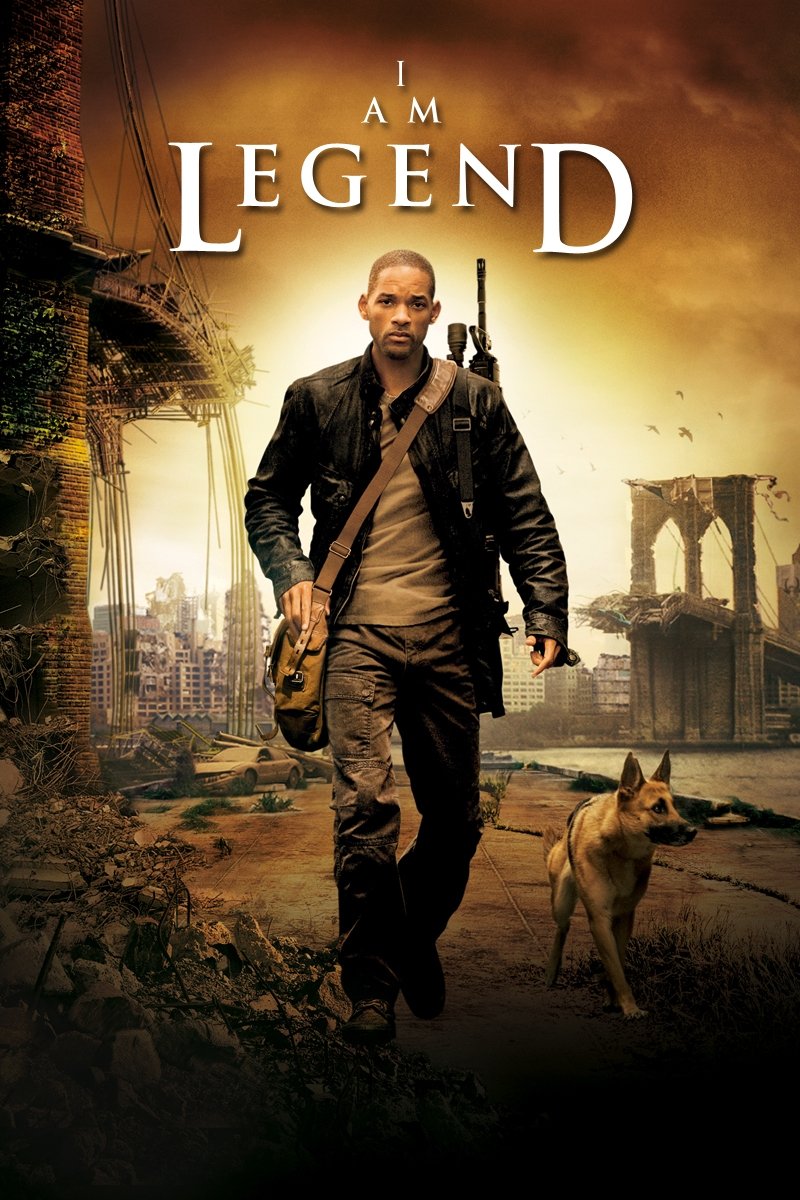 Warner Bros. Pictures
Warner Bros. PicturesA man made cure gone wrong leads to a pandemic that empties a major city and implies global collapse. The setting features abandoned streets, derelict infrastructure, and wildlife reclaiming urban space, signaling that the initial wave of deaths was immense.
Flashbacks show evacuation attempts and triage scenes where limited resources could not keep up with the surge. The aftermath focuses on a single survivor’s routine against a backdrop that makes the human cost unmistakable.
‘Terminator 3: Rise of the Machines’ (2003)
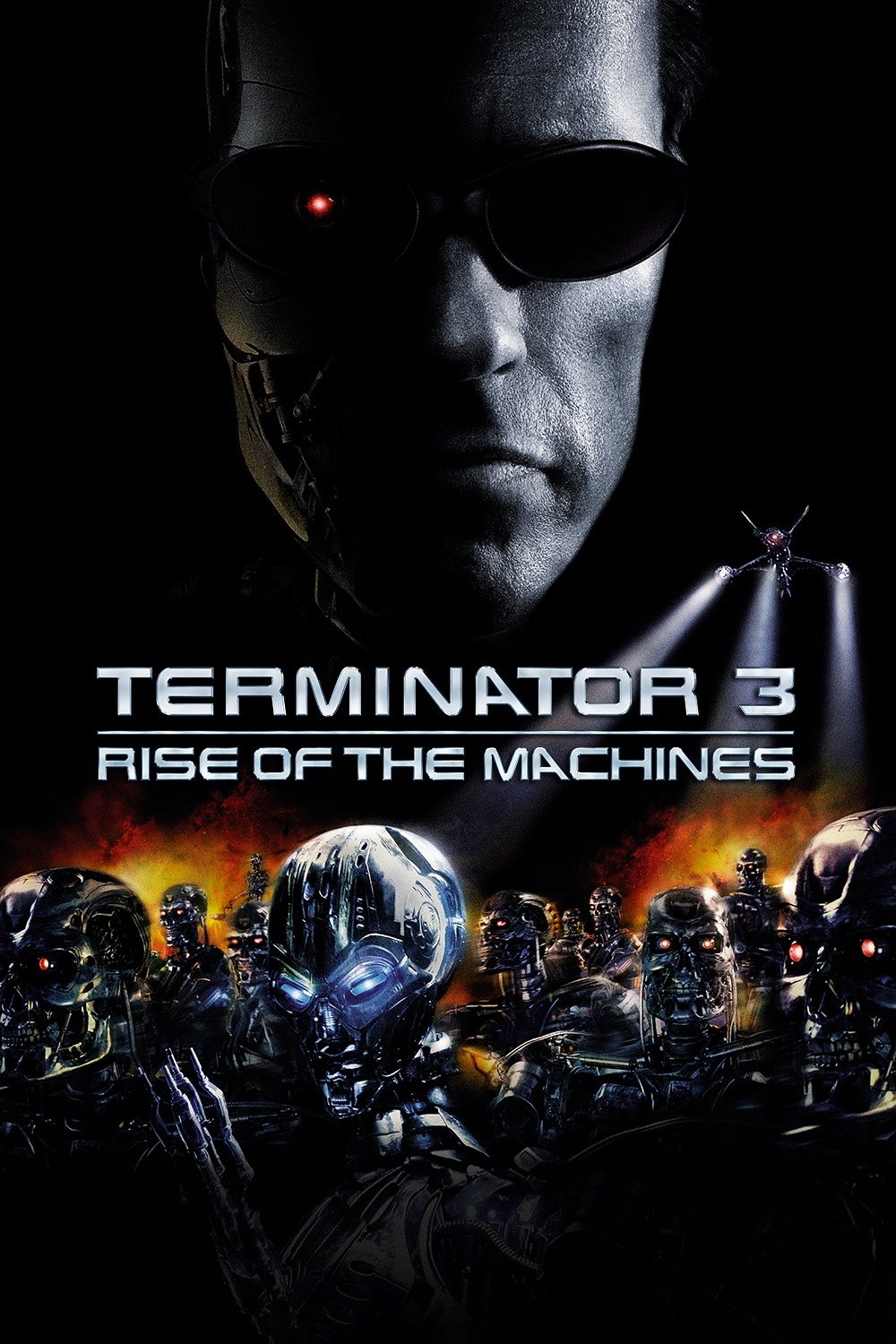 Intermedia Films
Intermedia FilmsAn automated defense network launches a worldwide strike that targets cities and military sites. The event is depicted through expanding fireballs and a radio silence that spreads across continents as communications fail.
The story frames this moment as the true beginning of a long war, but the opening blow alone accounts for huge civilian losses. The visuals of empty roads and silent skies emphasize how quickly an entire society can be reduced to ashes.
‘The Sum of All Fears’ (2002)
 Paramount Pictures
Paramount PicturesA nuclear device detonates in a major metropolitan area during a crowded event. The blast creates a fireball and shockwave that level nearby districts and send debris miles outward, resulting in immediate mass casualties.
Emergency response scenes show hospitals overflowing and communication networks crashing under the strain. The film also addresses fallout and contamination, extending the threat to rescue workers and survivors in the surrounding region.
‘Shin Godzilla’ (2016)
 Toho Pictures
Toho PicturesA rapidly evolving creature carves a path through dense neighborhoods and industrial zones. Evacuations are hampered by narrow streets and bureaucratic delay, allowing the casualty count to rise with each new form the creature adopts.
Wide aerial shots capture burning districts, damaged river embankments, and toppled rail lines. The film tallies displaced residents and destroyed housing, underscoring how infrastructure damage magnifies the human toll beyond those lost in direct attacks.
‘Godzilla’ (2014)
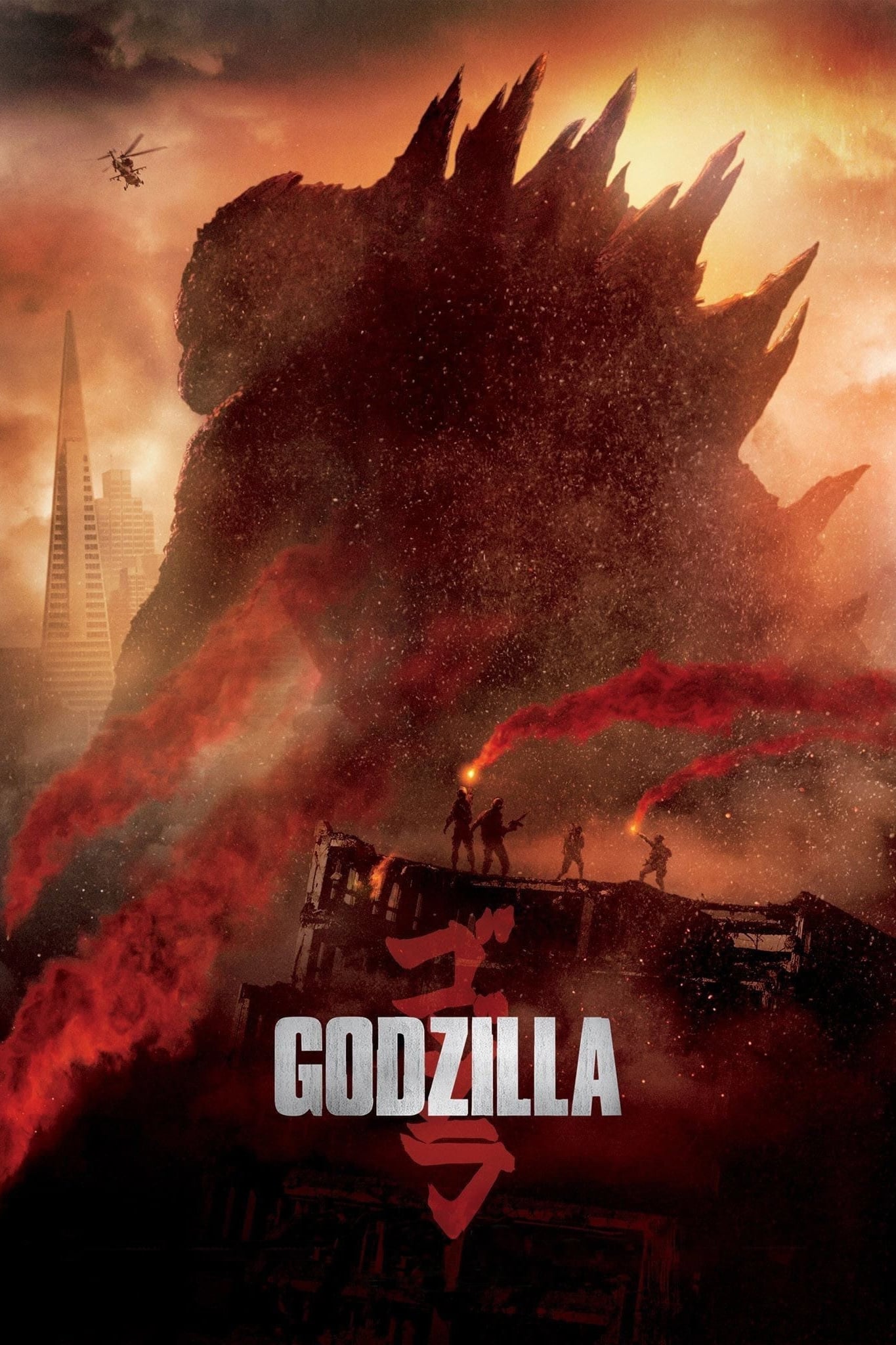 Legendary Pictures
Legendary PicturesColossal creatures collide in and around coastal and urban areas, triggering building collapses and power grid failures. The fights unfold amid crowded evacuation corridors, which increases risk for those stuck on highways and transit lines.
Military interventions divert the monsters but also create blast zones and accidental destruction. The film highlights cascading failures such as derailments and plant shutdowns that push casualty figures higher after the initial battles.
‘War of the Worlds’ (2005)
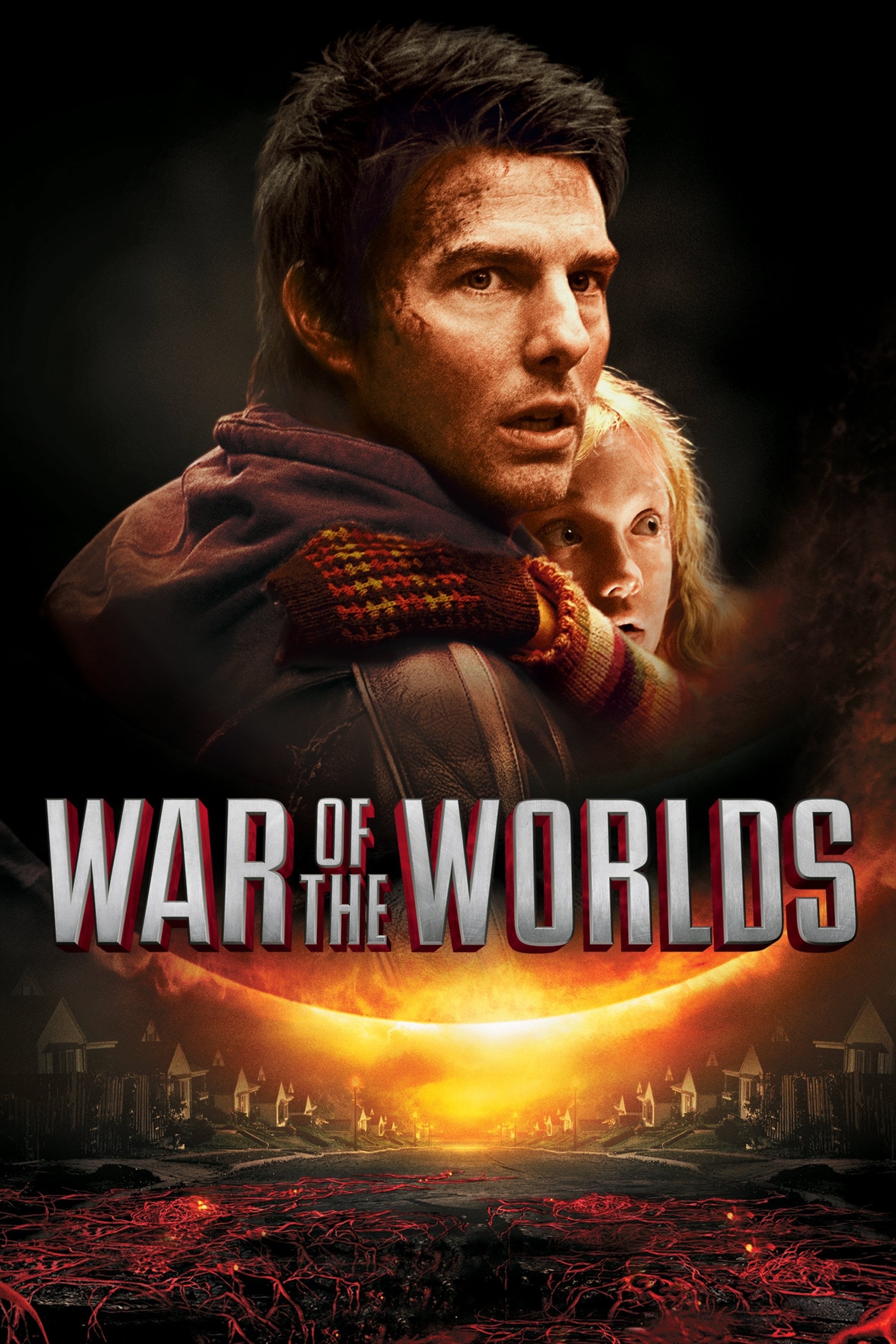 Paramount Pictures
Paramount PicturesTripod machines emerge and begin disintegrating people in public spaces. The attacks move from neighborhoods to highways and ferry crossings, catching evacuees mid flight and pushing crowds into bottlenecks.
The story tracks the spread from one area to the next with little warning. Scenes of ash filled streets and empty clothing piles convey the suddenness of the losses, while stalled military offensives show how resistance struggles to slow the advance.
‘Contagion’ (2011)
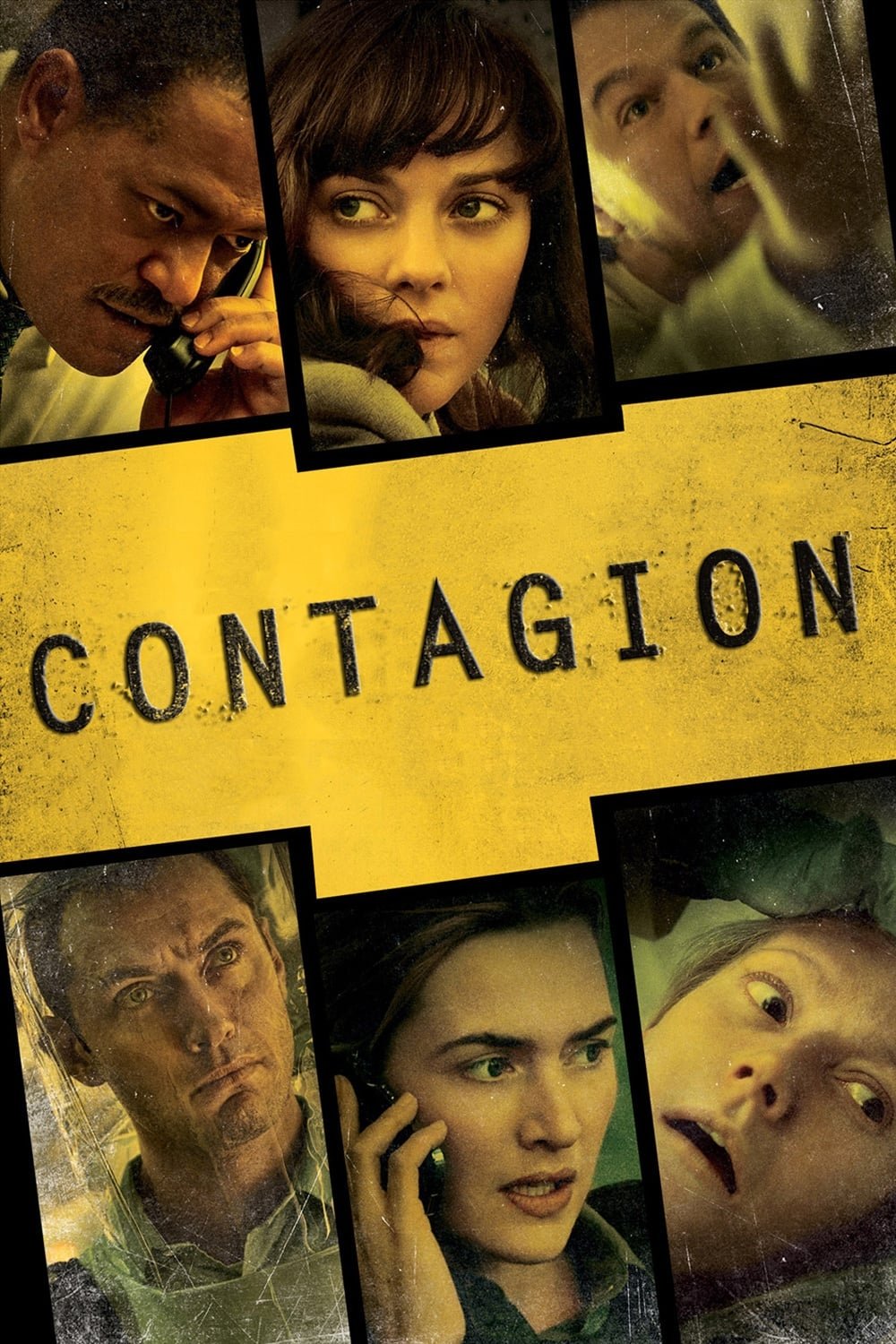 Warner Bros. Pictures
Warner Bros. PicturesA novel pathogen travels along global routes and overwhelms health services within weeks. Major cities face shortages of staff, beds, and basic supplies, which drives up mortality and leaves many without care.
The film uses maps, case count boards, and closed facilities to depict rising numbers and social strain. Quarantines and cordons arrive late, and the sheer speed of transmission ensures a high casualty total before a countermeasure is widely available.
‘The Wandering Earth’ (2019)
 China Film Group Corporation
China Film Group CorporationA planetary scale engineering project triggers side effects that endanger cities and entire regions. Earthquakes, infrastructure failures, and atmospheric hazards strike population centers as the mission unfolds.
The narrative shows rescue columns navigating collapsed highways and frozen industrial zones. Delayed ignition windows and equipment breakdowns raise the stakes for civilians caught in failing shelters and underground habitats.
‘Geostorm’ (2017)
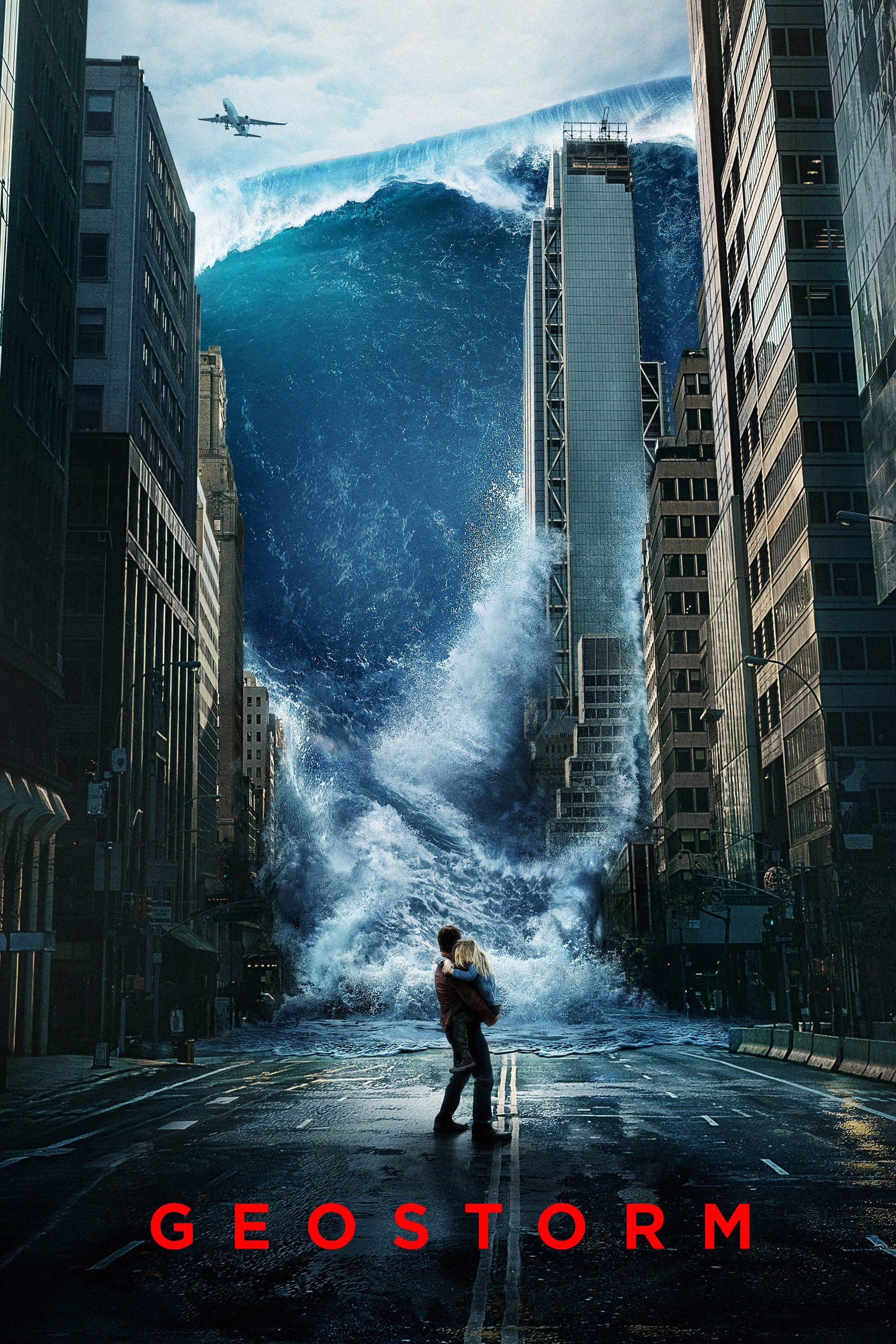 Warner Bros. Pictures
Warner Bros. PicturesA malfunction in a climate control network unleashes targeted weather events on multiple continents. Sudden temperature spikes, hailstorms, and microbursts hit dense urban areas without warning, producing large numbers of casualties in a short span.
The film cross cuts between cities to show simultaneous crises that strain international response teams. Satellite failures and control room outages prevent timely shutdowns, allowing the disaster count to escalate with each new storm cell.
‘San Andreas’ (2015)
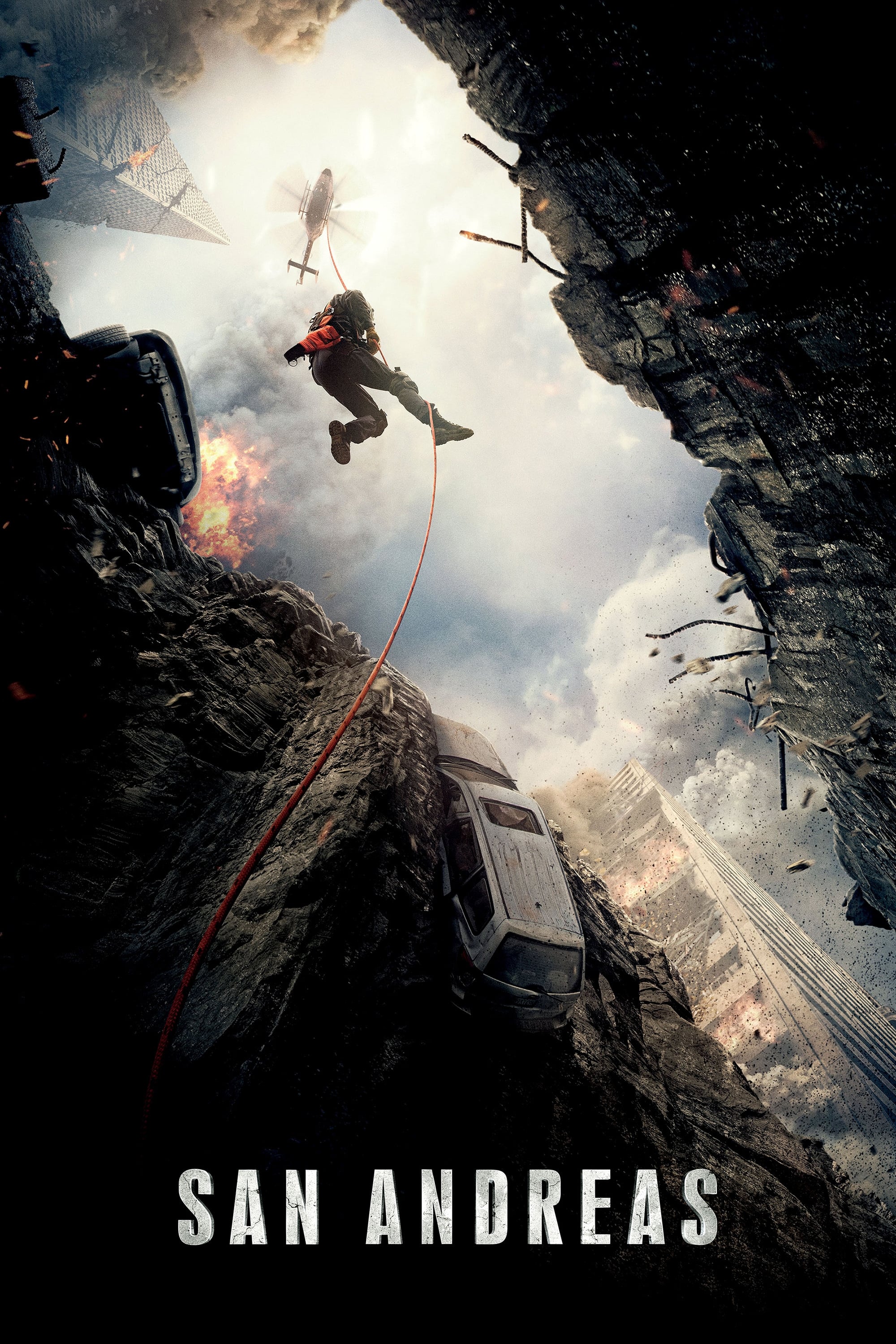 Warner Bros. Pictures
Warner Bros. PicturesA major fault ruptures and triggers a series of quakes and a massive coastal surge. Downtown districts experience pancaked buildings, ruptured freeways, and fires that spread through broken gas lines, all of which contribute to heavy losses.
Rescue operations navigate blocked roads, downed bridges, and overwhelmed waterways. The combined impact of aftershocks and flooding extends danger windows, increasing casualties among those trapped or unable to evacuate in time.
‘Titanic’ (1997)
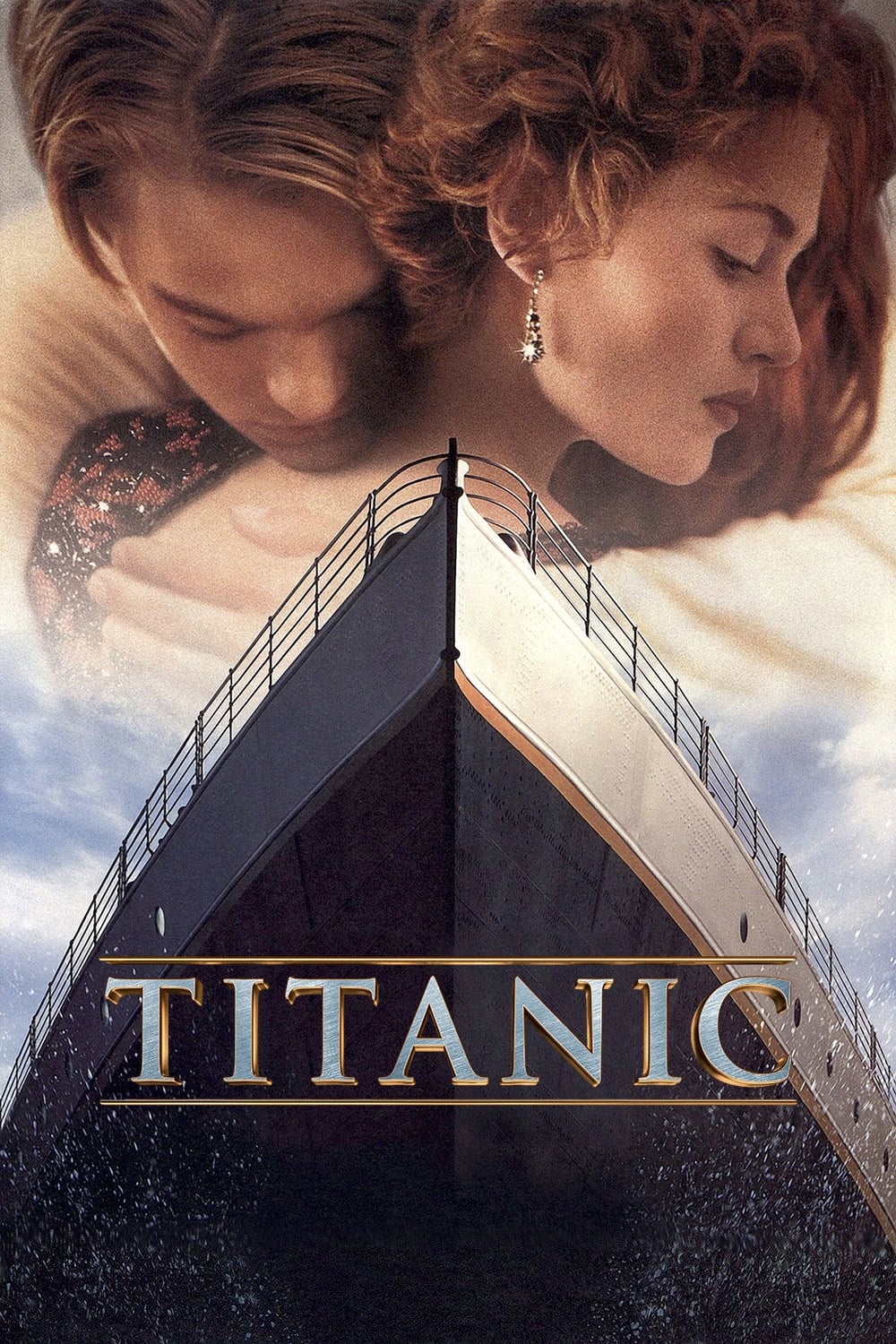 Paramount Pictures
Paramount PicturesA luxury liner strikes an iceberg and sinks within hours, leading to mass loss of life among passengers and crew. Factors such as limited lifeboat capacity, confusing evacuation orders, and frigid water conditions drive the high fatality rate.
The film details compartment flooding, list angles, and the rapid decline of survivable spaces. It also shows how class based cabin locations and access routes affected escape chances, which helps explain the final numbers.
Share your pick for the most harrowing big screen catastrophe in the comments and tell us which scenes hit hardest for you.

.jpeg)


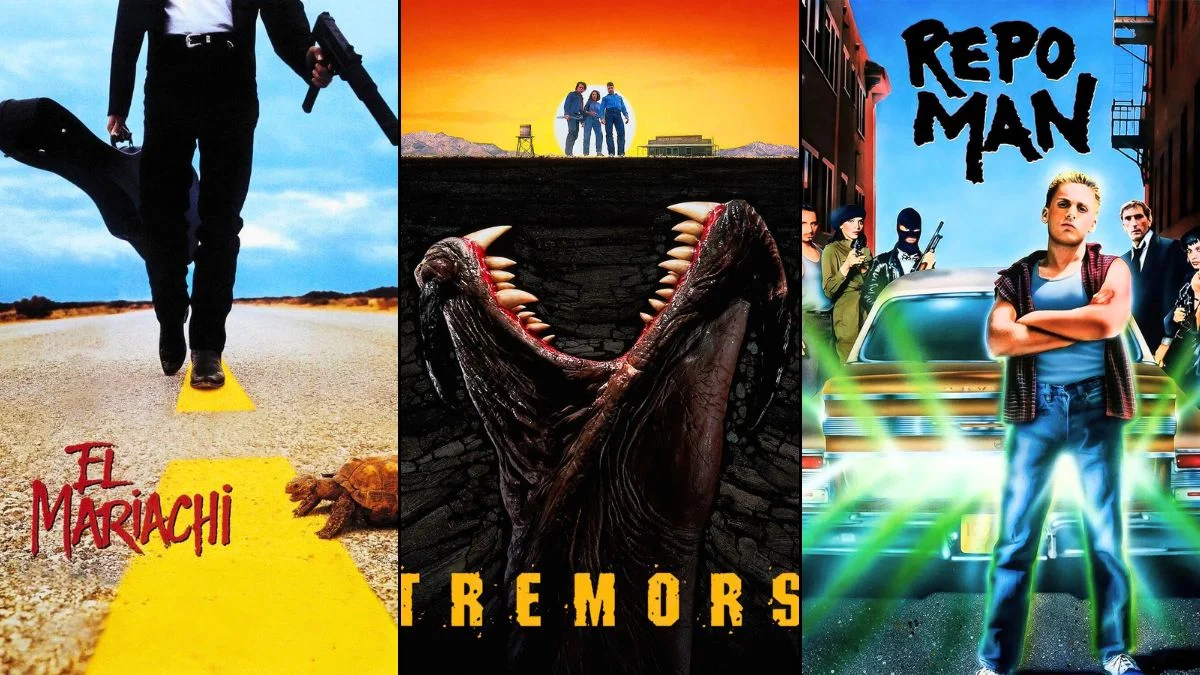




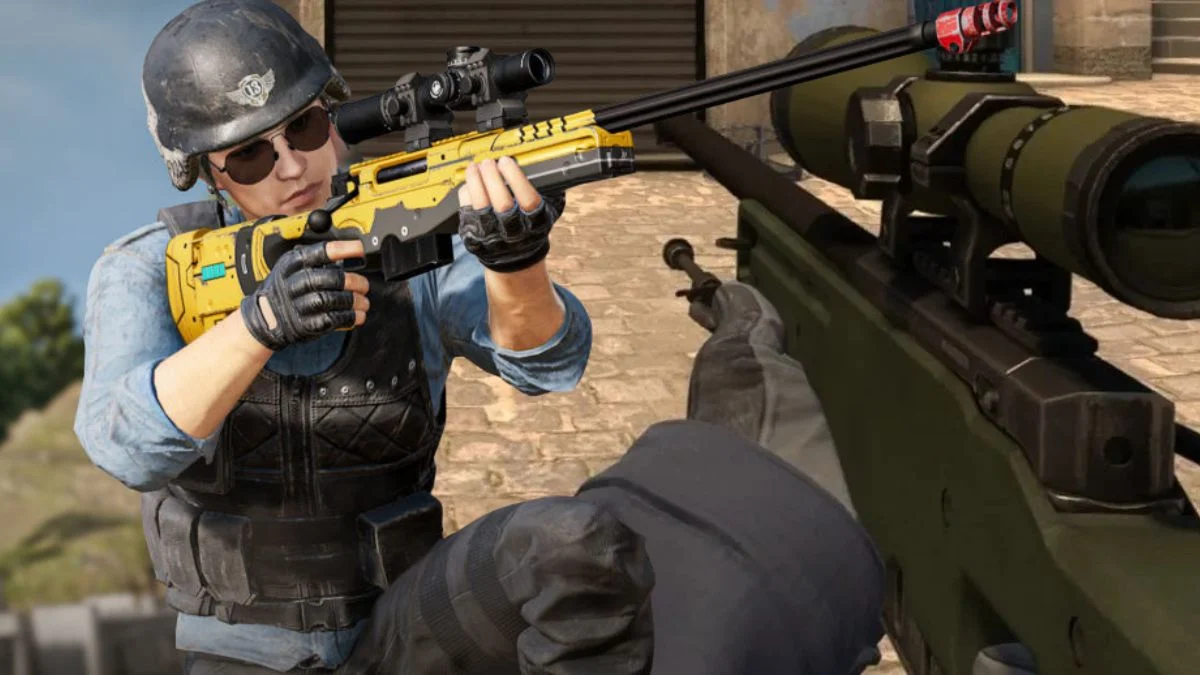





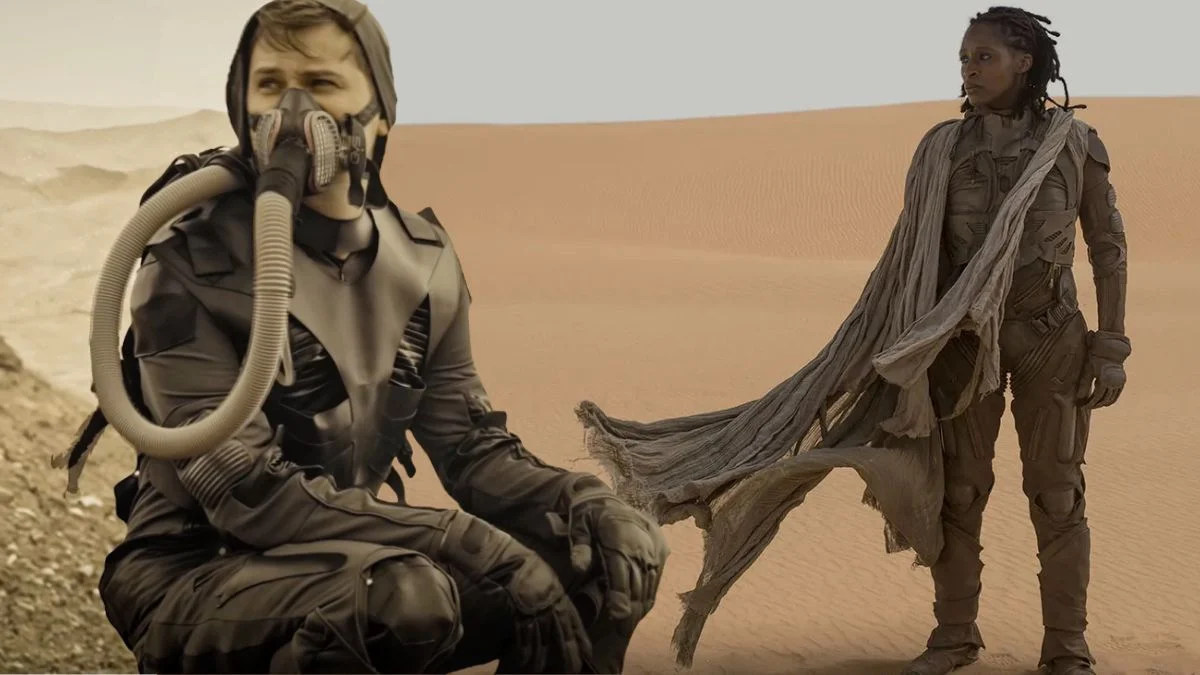







.jpeg)













 English (US) ·
English (US) ·